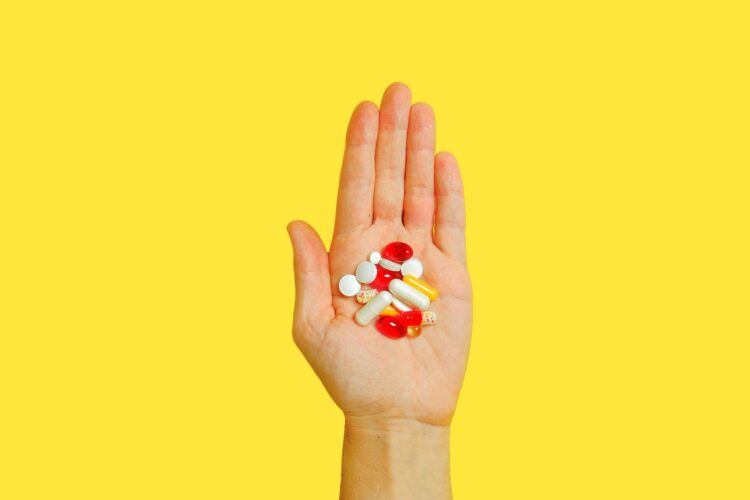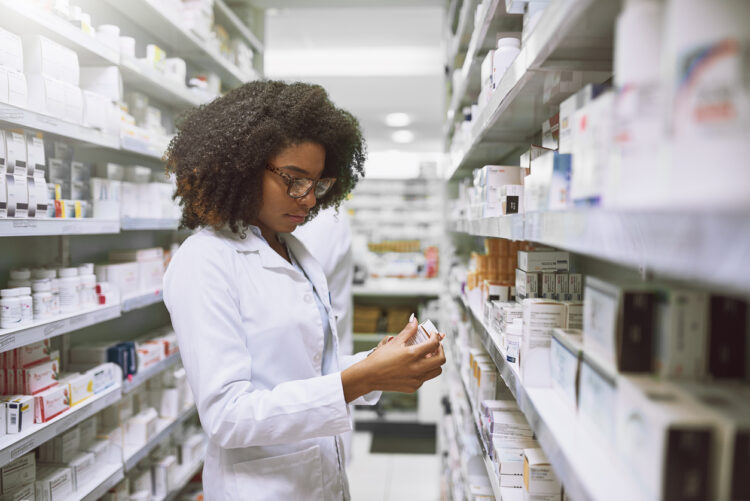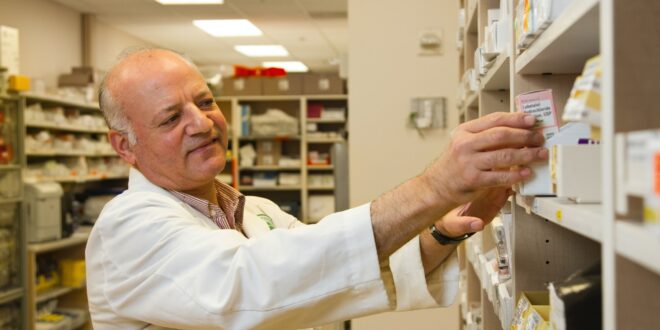Aseptic processing is a technique that is used to preserve food or pharmaceutical products to ensure they do not get contaminated even without refrigeration. It is a preservation process that involves the use of previously sterilized containers to store materials that are likely to be contaminated fast if exposed to normal conditions. The adoption of ascetic processing has helped increase the shelf-life of foodstuff and has also been utilized by the pharmaceutical industry in the storage of medicine and other products.
Handling medical products is very sensitive and requires very discrete measures. That’s why it needs to be done properly by a sterile processing professional. The use of aseptic processing technology has had a very huge impact on the pharmaceutical sector. So, when did the use of aseptic processing technology start, and what impacts has it had on both the medical and pharmaceutical sectors? Here, we take you through the innovation of aseptic processing and how it has helped boost the efficiency of the pharmaceutical sector. We will also tell you how the technology has evolved to what it is today and further advancements that are being put in place to yield better results.
History of aseptic pharmaceutical processing
The establishment of aseptic processing can be traced back to the early 1920s, this is the time when the standards for medical administration using injections were set. From then to the late 1980s the standards have been amended and new rules and guidelines were set in line with the aseptic pharmaceutical processing. The invention of products such as vaccines came in at a time where there were no concrete guidelines on aseptic processing for pharmaceuticals.
Many pharmaceutical products are required to be administered while sterile, this means that there should be no contaminants in the medicine or the administration should not introduce microorganisms into the patient’s body. Medication products that are administered through intramuscular, intravenous or intracutaneous means should be sterile, this is because the injection is the means of introduction. A safety protocol must be put in place to ensure there are public safety and trust during the administration of these products.
The process involves the sterilization of materials used to store the pharmaceuticals. Use of sterile filtration is employed together with the other measures like heterogeneous mixture components. Modern sterile manufacturing took until the early 1990s to start being implemented.
Evolution of aseptic pharmaceutical processing

The evolution of pharmaceutical aseptic processing began during the early 20th century, this was during the mid of World War II. During this time is when injectable medicine was crucial for saving people from serious injuries. In these olden days, the aseptic process was conducted using Bunsen burner to sterilize products. The process generally involved the use of vessels and a collection compartment, it was not a safe process because it was subject to contamination. The use of membrane filters later became available in the mid-1930s; it took a decade for them to be adopted by pharmaceutical manufacturers. You may be surprised but, yes, some of these membrane chamber manufacturing techniques are still in use today!
The technology of aseptic processing has since evolved over the years. One of the greatest boosters of the evolution of these processing techniques is the invention of stainless steel. Many manufacturing companies were able to adopt this technology fast and utilize it in the processing of aseptic pharmaceuticals. Stainless steel was popularly used from the early 1940s until the early 1980s when an oversight authority was formed to regulate the processing of pharmaceuticals; it was known as Good Manufacturing Practices (GMP) and they provided guidelines applied worldwide.
Advancement of aseptic processing technology

The main aim of aseptic processing is the production of products that are free from microorganisms such as fungi, bacteria, and other organisms; this is promoted by both purity and sterility. There have been tremendous changes in the way aseptic processing is done, there are strict guidelines that control the whole process. One of the measures that have ensured the production of safe pharmaceuticals is the introduction of the Aseptic Process Simulation/ Media Fill Test. Such controls ensure the purity of the final product and gives an assurance of the safety of pharmaceuticals.
Medical products, especially injectable ones, require to be sterilized through filtration, this ensures ultimate purity and sterility. It is because of this necessity that processing plants need to install new and well-upgraded equipment that is in line with modern approaches. The adoption of all the necessary technologies including stainless steel eases the production and processing of drugs, it further helps combat possible contamination of the end product. Aseptic techniques are required for the safe production of pharmaceuticals; it entails proper handling of equipment for the prevention of possible contamination.
Avoiding contamination
The least you can expect is being given a vaccine or an injection that is contaminated leading to more infections and worsening an illness. Therefore, there is a need for strict measures for the prevention of any possible contamination in an aseptic processing procedure. The most common contaminants that could land on medical products are fungi, bacteria, and molds among others. The presence of contaminants on pharmaceuticals can have very huge damages to the health of the patient receiving the drugs. A good example of this is the vaccines that contain living pathogens; if they are contaminated even slightly, it may result in health risks such as paralysis or at worst case scenario lead to death.
It is in the wake of these possible risks that all pharmaceuticals have to undergo sterilization during aseptic processing. A sterility test is also compulsory before the disbursement of pharmaceuticals. Regulatory authorities oversee the sterility test of products, they ensure that the products are in proper standards and good for pharmaceutical use.
The pharmaceutical sector has taken advantage of the available technology to advance medical storage and supply. Aseptic processing has had a major impact on the sector such that the safety of drugs has advanced by a huge percentage. As suggested by steriline.it, it is also good to note that as technology advances, aseptic processing in the pharmaceutical sector also gets more advanced.
 Hi Boox Popular Magazine 2025
Hi Boox Popular Magazine 2025



